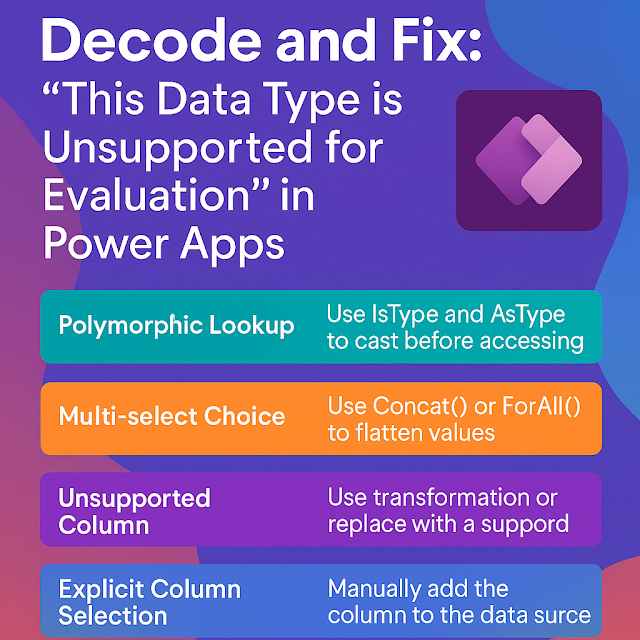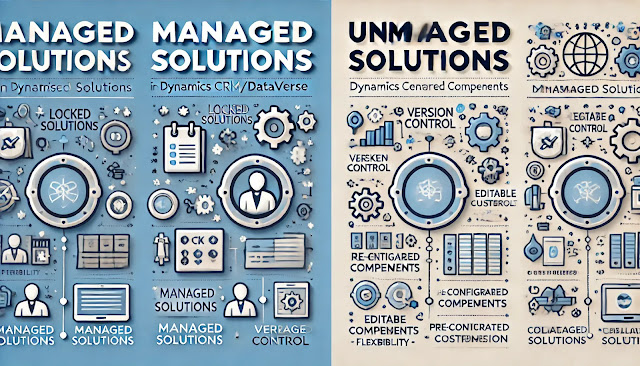Field Mapping in Dataverse: Simplify Data Transfer Between Tables
Field Mapping in Microsoft Dataverse is one of those features that rarely gets the spotlight—but it’s a game changer for building robust, user-friendly solutions in the Power Platform. Whether you’re a pro developer or a low-code maker, understanding and using Field Mapping properly can save hours of development time, simplify user experiences, and improve data consistency.
In this blog, we’ll break down what Field Mapping is, how it works under the hood, its advantages and limitations, and real-world scenarios where it shines.
What Is Field Mapping?
In Microsoft Dataverse, Field Mapping is a feature of table relationships (1\:N or N:1) that lets you automatically copy data from a parent record to a new child record.
When a user creates a new record from within the context of a related parent (like clicking + New Contact from an Account form), the system can pre-fill the child form with values from the parent record.
This is done without a single line of code.
How Does Field Mapping Work?
Under the Hood
- Field Mapping is defined in the relationship metadata between two tables.
- The mappings are stored in the `EntityMap` and `AttributeMap` tables of Dataverse.
- When a child form is opened via a lookup relationship, the client-side form logic fetches values from the parent and populates mapped fields.
- It’s a UI-layer feature—no server calls are needed for the pre-fill.
When Is It Triggered?
- Triggered: When a new child record is created from a parent record via the related lookup field.
- Not Triggered: When creating a child record independently and later setting the parent lookup.
Setting Up Field Mapping
Here’s how to configure it:
- Go to Tables in Power Apps Maker Portal.
- Select the relationship between two tables (1\:N or N:1).
- Open the Mappings tab.
- Add field pairs (Parent Field → Child Field) you want to map.
- Save and publish your changes.
Advantages of Field Mapping
- Saves Time: No need for users to re-enter common details.
- Reduces Errors: Keeps data consistent across related records.
- No Code Needed: Eliminates plugins or flows for copying data.
- Better UX: Forms feel more intuitive and context-aware.
Limitations of Field Mapping
Developer & Architect Perspective
Developer View
- Use JavaScript to enhance mappings for dynamic scenarios.
- Combine with Business Rules for additional field setting.
Architect View
- Design relationships carefully to leverage Field Mapping.
- Use mappings to standardize data entry across apps.
- Avoid over-reliance; consider ALM implications for changes.
Pro Tip for Solution Architects:
When designing multi-entity business processes, set up key mappings between parent-child tables early in the data model design. This greatly simplifies user workflows and reduces reliance on automation.
Summary: Why It’s a Game Changer
Field Mapping in Dataverse provides:
- Zero-code automation
- Faster app development
- Improved user experience
- Standardized data capture
It’s simple yet powerful, and when combined with other platform capabilities, it forms the backbone of clean, efficient data entry processes.














Comments
Post a Comment